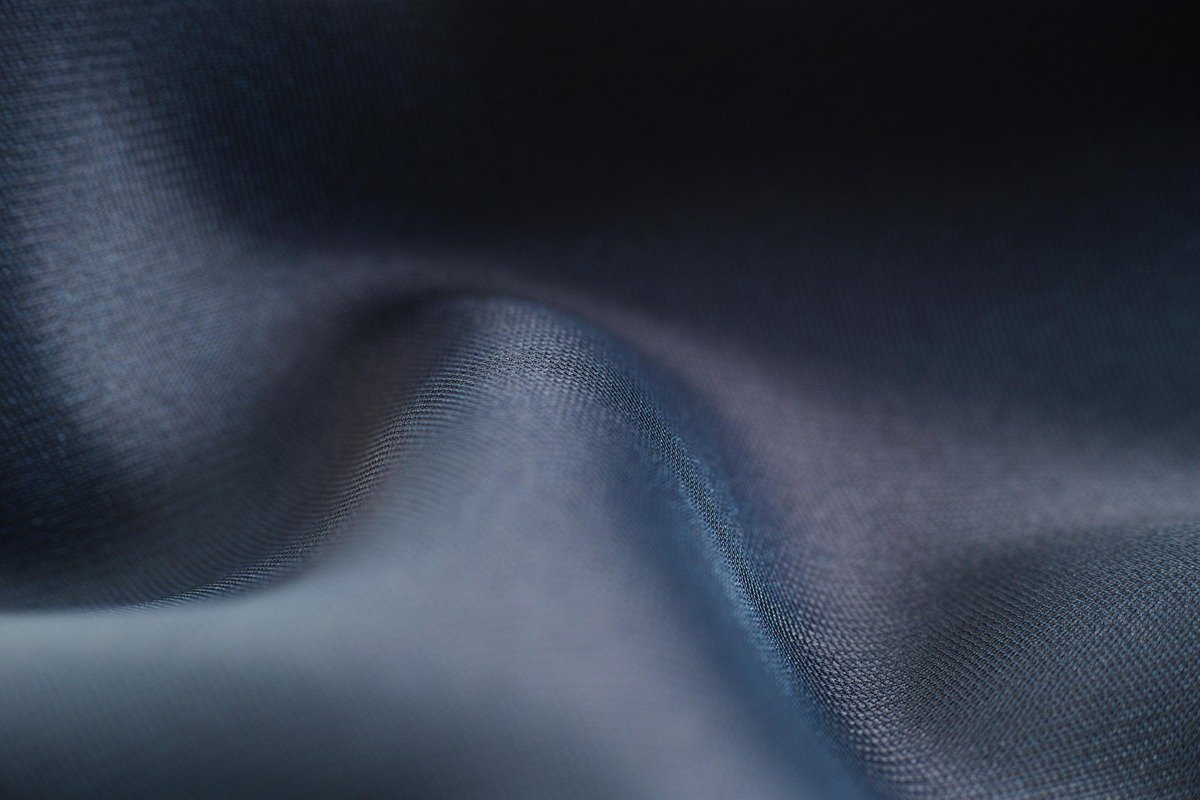When it comes to hair care, the materials you use play a crucial role in maintaining your hair’s health. From pillowcases to hair ties, choosing the right fabric can mean the difference between strong, shiny locks and brittle, damaged strands. Silk has emerged as a leading contender, but how does it stack up against other materials like cotton, satin, and polyester? Let’s explore the properties of silk vs other materials.
The Unique Properties of Silk
Silk is a natural protein fiber produced by silkworms. Its smooth texture, low absorbency, and protein-rich composition make it an excellent choice for hair care. Silk reduces friction, helps retain moisture, and complements the keratin in human hair, resulting in healthier, shinier strands. These attributes set silk apart from other commonly used materials.
Silk vs. Other Materials: Which Is Better for Your Hair?
- Silk vs. Cotton
- Absorbency: Cotton is highly absorbent, which means it can draw moisture away from your hair. This often leads to dryness and frizz, especially for curly or textured hair types. Silk, on the other hand, retains minimal moisture, helping to maintain your hair’s natural hydration.
- Texture: Cotton’s rough surface creates friction, causing tangles, breakage, and split ends. Silk’s smooth fibers significantly reduce friction, preserving the integrity of your hair.
- Silk vs. Satin
- Material Composition: Satin is not a fabric but a weave, often made from synthetic materials like polyester. While satin mimics silk’s smoothness, it lacks the natural protein structure that makes silk beneficial for hair.
- Breathability: Silk’s natural fibers are breathable and temperature-regulating, keeping your scalp cool in summer and warm in winter. Satin, being synthetic, does not offer the same level of comfort or breathability.
- Silk vs. Polyester
- Friction and Static: Polyester, like satin, is smooth but can create static and increase hair tangling. It also lacks the hypoallergenic and gentle properties of silk.
- Heat Retention: Polyester tends to trap heat, which can be uncomfortable for the scalp and potentially harmful to hair health over time. Silk’s natural thermoregulating properties ensure a more balanced environment.
Benefits of Choosing Silk
- Reduced Friction
- Silk’s smooth surface prevents mechanical damage to the hair shaft, making it a superior choice for reducing frizz, breakage, and tangles.
- Moisture Retention
- Unlike absorbent materials, silk helps your hair retain its natural oils and moisture, promoting hydration and shine.
- Protein Compatibility
- The amino acids in silk support hair’s keratin structure, enhancing strength and elasticity.
- Hypoallergenic Properties
- Silk resists allergens like dust mites, making it ideal for individuals with sensitive skin or scalp issues.
Why Material Choice Matters
Choosing the right material for hair accessories and pillowcases can make a significant difference in your hair’s overall health. Cotton’s absorbency and roughness can strip hair of moisture and cause damage, while synthetic materials like polyester lack the natural benefits of silk. Satin offers a budget-friendly alternative but doesn’t provide the same protein-rich advantages as silk.
Silk vs. Other Materials: Which Is Better for Your Hair? A conclusion
When comparing silk to other materials, the science is clear: silk is the superior choice for hair care. Its smooth texture, low absorbency, and natural protein composition work together to protect your hair from damage and promote long-term health. Whether you’re using silk pillowcases, scrunchies, or bonnets, investing in silk products is a simple yet effective way to maintain shiny, strong, and beautiful hair.

